A well-stocked pantry makes cooking a breeze, and vinegar is one of the pantry staples you must have on hand. Today, we are talking about ten essential cooking kinds of vinegar that you need to have in your pantry — from the apparent classics to the unusual dark horses. Grab your grocery shopping lists and add these flavored vinegars to your inventory:
1. Balsamic Vinegar

This robust, jammy vinegar is perfect for swirling into salad dressings, mixing into marinades, and reducing a fruit dessert. Note that the only official balsamic comes from two small locations in Italy: Reggio Emilia and Modena. This vinegar is aged 12-15 years old and comes with a price tag. Thankfully, you can get delicious, nontraditional domestic balsamic vinegars for a fraction of the price from reputable vinegar makers worldwide.
2. Apple Cider Vinegar

Another kitchen staple, apple cider vinegar, has a strong and fruity taste in keeping with its name. Apple vinegar usually has a light orange color and typically does not impart any color to the food it is added to. It makes a delicious dressing for grain or vegetable salads where you want a strong yet sweet vinegar taste.
3. Distilled White Vinegar

This vinegar is too strong for adding to most recipes, but it is perfect for pickling vegetables — not to mention cost-effective as well, since you need large quantities of vinegar for pickling. It also makes for a great all-natural cleaner in the kitchen and house, especially when paired with baking soda. You will not regret keeping a jar of this on hand in your pantry at all times.
4. Red Wine Vinegar
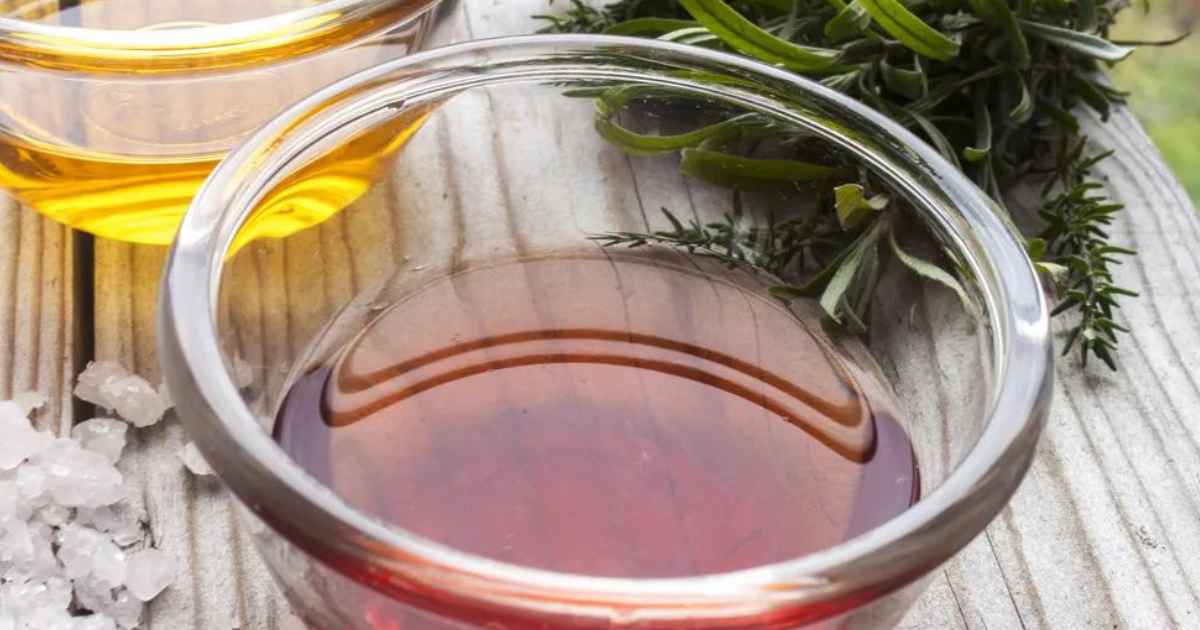
Red wine vinegar is the Goldilocks of classic cooking vinegar. It is neither too acidic nor too sweet, and it offers a perfect balance of flavors to complement many dishes. Keep in mind that the red colors will turn light-colored foods pink, which may not be desirable. If you are looking for a colorless alternative to red wine vinegar, try white wine vinegar instead, which we will talk about next.
5. White Wine Vinegar
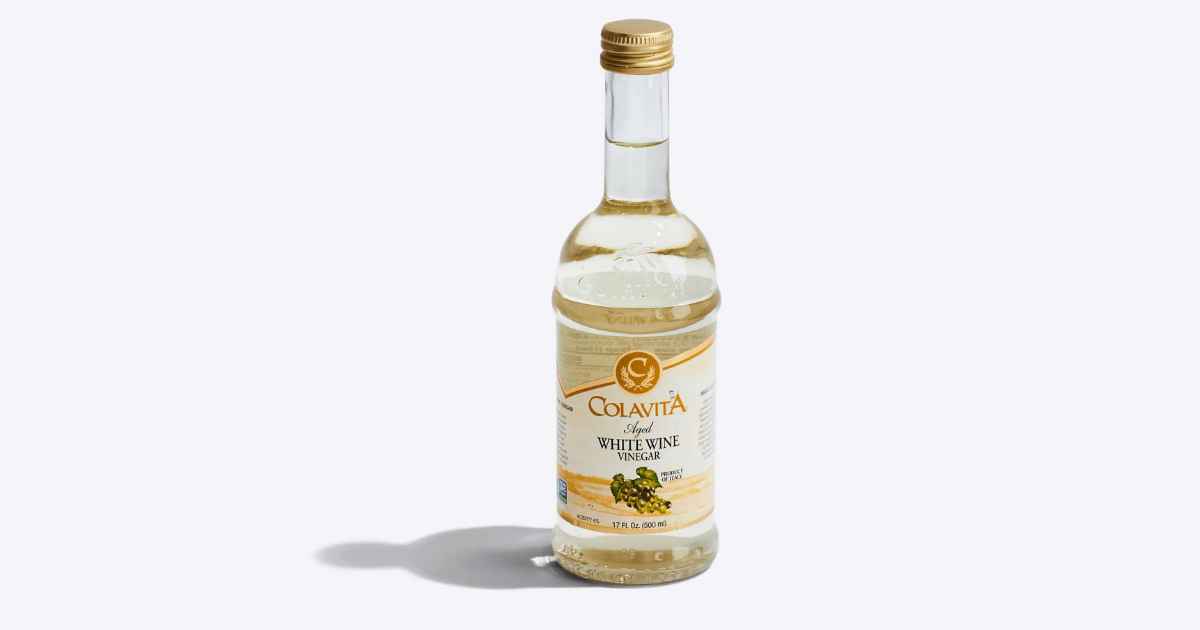
White wine vinegar is similar in taste and acidity to red wine vinegar, though it is lighter in flavor. The main difference between them is the color. White wine vinegar will not dye your food pink, which many home chefs consider a plus when pickling or glazing foods. If color is not of concern to you, ask yourself if you would drink red wine or white wine with the dish you are making, and let that determine which of these two kinds of vinegar you ultimately select.
6. Champagne Vinegar
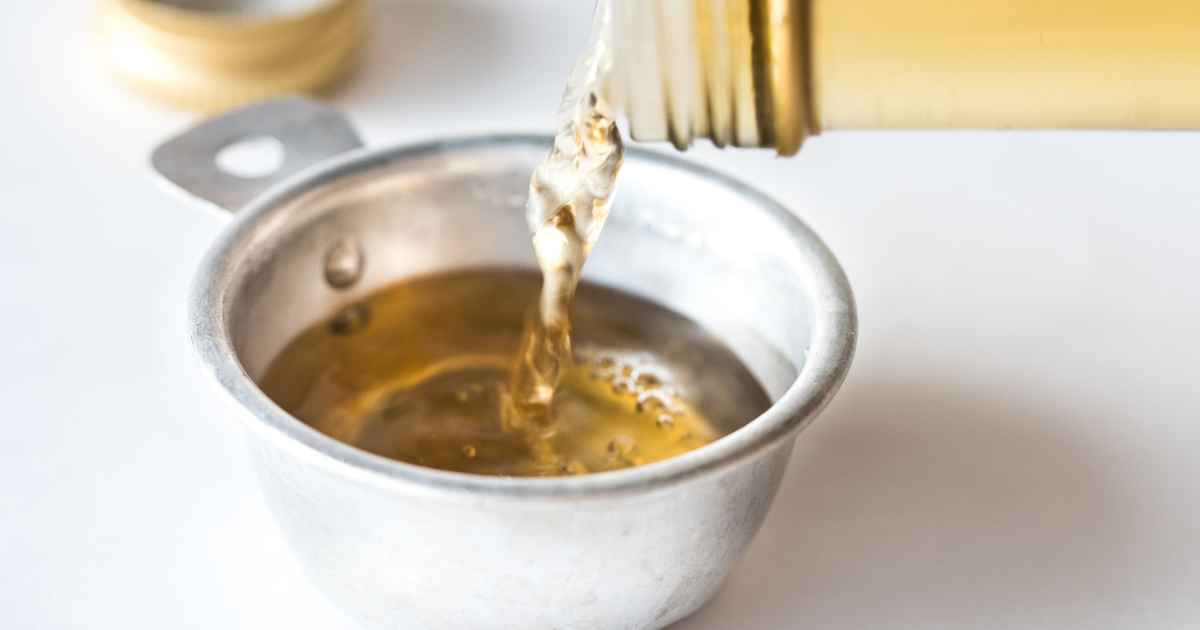
Champagne vinegar is the lightest of all the vinegar, and in many recipes, fruit juice makes a better substitute for it than another, more pungent vinegar. True to the name, champagne vinegar has a light and fruity taste that pairs perfectly with more delicate dishes, including fish, desserts, and even cocktails. If you are very sensitive to the taste of vinegar, champagne vinegar is a great place to start because of its mild flavor.
7. Rice Vinegar

Rice wine vinegar is just a touch less mild than champagne vinegar and has an equally light, almost colorless appearance. It features prominently in Asian cooking and is the perfect vinegar to reach for when you want to add a touch of vinegar to a dish without overwhelming the other flavors. It often garners comparison to champagne vinegar and white wine vinegar, but its taste is slightly less fruity than either of these, so bear that in mind if you are swapping out one for another.
8. Sherry Vinegar
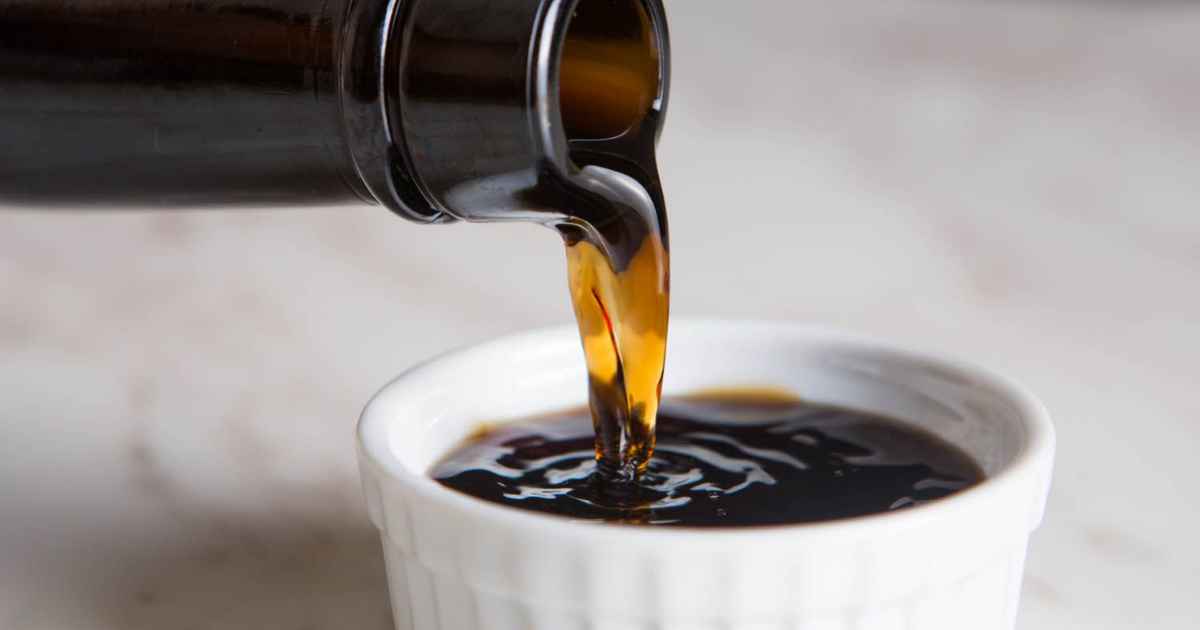
Popular in Spanish cooking, sherry vinegar has a distinct taste that is nutty and woodsy. Like balsamic vinegar, official sherry vinegar must come from the Spanish “sherry triangle” region, be aged for at least six months in wood barrels, and have at least a 7 percent acidity. If you are shopping for nontraditional sherry vinegar, make sure to buy it from a reputable producer to know you are getting a quality product and not a cut-rate syrup.
9. Malt Vinegar

Malt vinegar is not widely used outside of the UK and Canada, but if you cook a lot of meat and potatoes, you should consider adding this to your pantry. Malt vinegar is the by-product of over-fermenting malted beer, and it has a stout, toasty flavor to match. It is known as a popular condiment for fish and chips, but it also goes fantastic in meat marinades and works well as a glaze for roasted winter root vegetables as well.
10. Chinese Black Vinegar
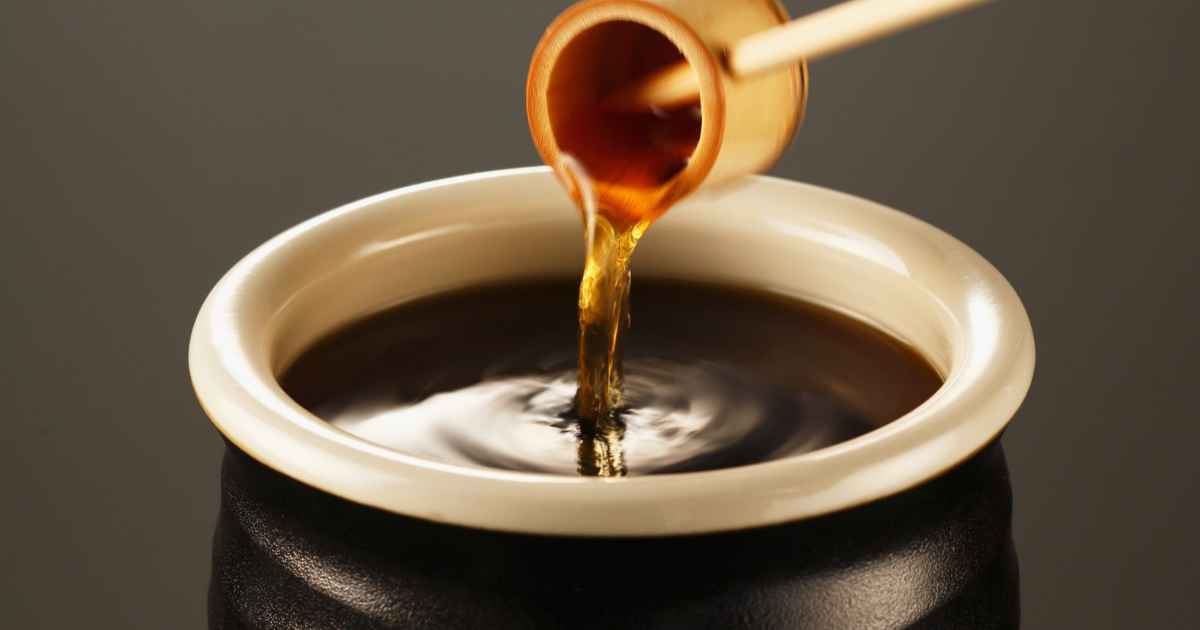
Another unique vinegar that will level up your cooking game, Chinese black vinegar, has a malty, earthy taste with faintly sweet undertones. It is also less acidic than most Western vinegar. You might also have heard of Chinkiang Vinegar, a particular type of Chinese black vinegar worth checking out. Most grocery stores do not carry this vinegar, so try your luck instead at the local Asian market.
If you have never really cooked with vinegar before, you might not know that different kinds offer a surprising range of acidity, flavors, colors, and more. Stocking a wide variety of cooking vinegar in your pantry will ensure that you are always ready for any cooking endeavor, whether it is pickling a bunch of vegetables or making a reduction for a delicate fruit dessert. Shout out your favorite cooking vinegar in the comments below, and let us know if we missed any of your go-to’s!

A fervent champion for holistic well-being, graces this community with her expertise in health and fitness. With a solid educational foundation in physical fitness and a commitment to empowering others, Sara distills her extensive knowledge and experience into actionable insights. Her writing, firmly grounded in evidence-based practices, aims to demystify health complexities and inspire readers to cultivate sustainable habits for a balanced life. As a certified fitness trainer, Sara offers a well-rounded perspective on wellness. Join Sara on this transformative journey towards a happier, healthier, and more vibrant you.






Loading…